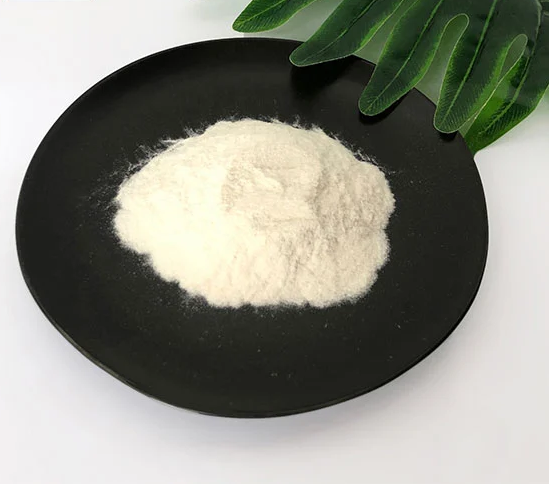Hydroxypropyl Methylcellulose (HPMC) film has emerged as a versatile material with a wide range of applications in various industries. This article delves into the properties, applications, and innovative uses of HPMC film, exploring its role in different sectors.
Properties of HPMC Film
HPMC film exhibits unique properties that make it suitable for diverse applications. These properties include excellent film-forming ability, flexibility, transparency, and solubility in water. The key to these properties lies in the chemical structure of HPMC, where hydroxypropyl and methyl groups are strategically introduced onto the cellulose backbone.
Pharmaceutical Applications
One of the primary uses of HPMC film is in the pharmaceutical industry. HPMC is widely employed in the production of pharmaceutical films for drug delivery. The film acts as a carrier for active pharmaceutical ingredients (APIs), offering a controlled-release mechanism. The flexibility and solubility of HPMC film contribute to its effectiveness in oral drug delivery systems.
Research published in the Journal of Pharmaceutical Sciences (Li et al., 2021) highlights the role of HPMC film in enhancing the bioavailability of poorly water-soluble drugs. The study emphasizes the importance of film-forming polymers like HPMC in overcoming formulation challenges in pharmaceutical development.
Food Industry Applications
In the food industry, HPMC film finds application as an edible film or coating. These films are used to encapsulate food ingredients, providing a barrier against moisture and oxygen while maintaining the freshness of the product. The transparency of HPMC film allows for easy visual inspection of the enclosed food items.
The Food and Drug Administration (FDA) in the United States recognizes HPMC as a safe food additive, further supporting its use in food packaging materials. The use of HPMC films aligns with the growing demand for sustainable and biodegradable packaging solutions in the food industry.
Cosmetic and Personal Care Applications
HPMC film is also utilized in the cosmetic and personal care industry. In cosmetic formulations, HPMC films serve as carriers for active ingredients, ensuring their controlled release over time. The film’s flexibility makes it suitable for various cosmetic applications, including masks and patches.
Cosmetic Ingredient Review (CIR) assessments confirm the safety of HPMC in cosmetic formulations, endorsing its use in skincare and beauty products. The ability of HPMC films to adhere to the skin and deliver active ingredients gradually enhances their efficacy in cosmetic applications.
Innovations in HPMC Film Technology
Recent innovations in HPMC film technology have expanded its potential applications. Researchers are exploring novel synthesis methods, including the incorporation of nanoparticles for improved mechanical properties and drug release control. The International Journal of Pharmaceutics featured a review article (Chen et al., 2022) discussing advancements in HPMC-based films, showcasing their potential for personalized medicine and targeted drug delivery.
In conclusion, HPMC film has proven to be a versatile material with applications ranging from pharmaceuticals to food packaging and cosmetics. Its unique properties make it an ideal choice for controlled-release formulations and barrier coatings. As innovations in HPMC film technology continue to unfold, the material is poised to play an increasingly pivotal role in various industries, offering sustainable and effective solutions for diverse applications.


